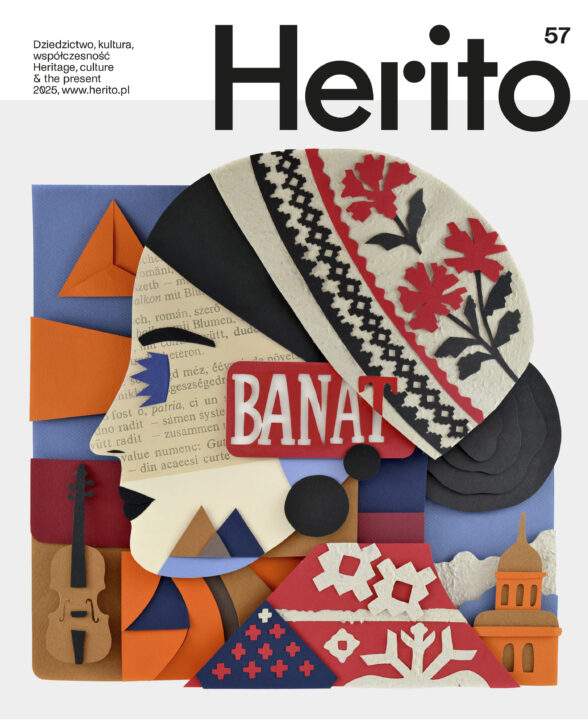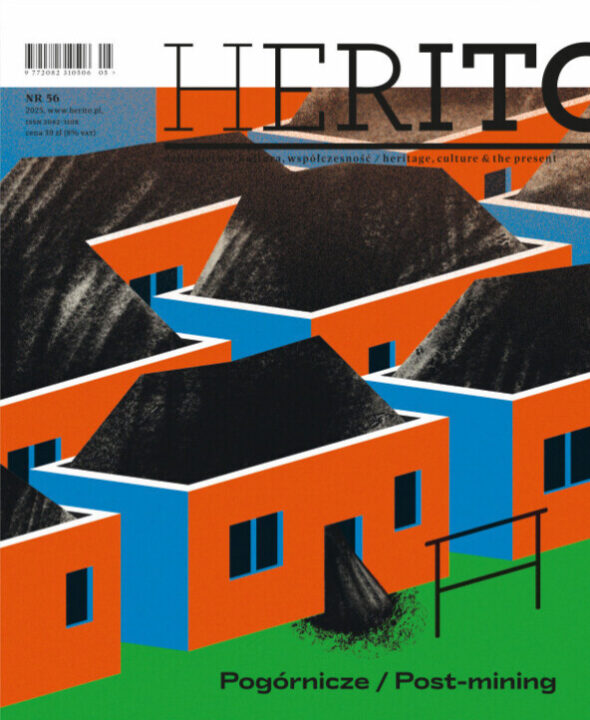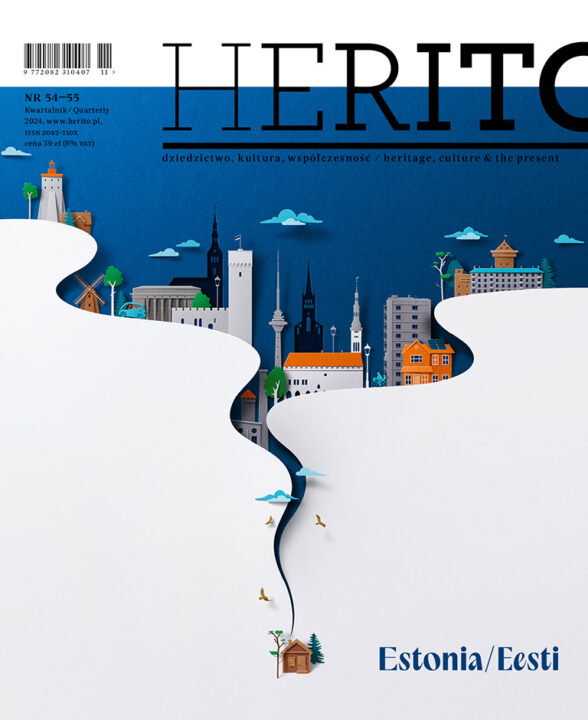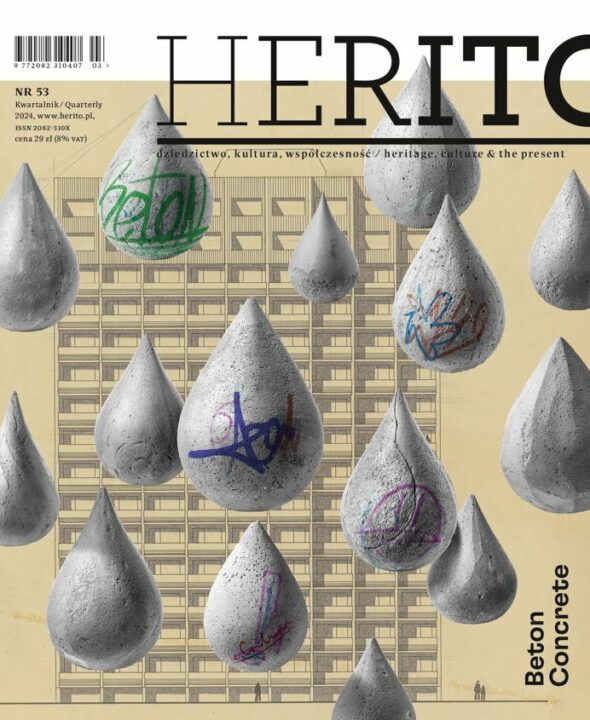Patterning. Design in Central Europe
Does Central Europe have a distinctive design? In the countries of our part of Europe – which in the last 150 years have experienced constant political, ideological, class, and cultural transformations – design reveals surprisingly many common features.Distinctive patterns of identity were provided at the turn of the 20th century by Ruskin’s and Morris’s ideas embodied in the Arts and Crafts movement. By way of Vienna, they emanated on the whole area of Central Europe. The phenomenon of the Krakow Workshops is a perfect illustration how Ruskin’s idiom was put in practice to give shape to the vernacular, the local, the national.
Sovietisation, which made its mark on the second half of the previous century with its ideals of industrialisation and progress, paradoxically also unleashed in people a great desire to emphasise their own uniqueness. An enclave of freedom was found in design, after the Stalinist era liberated from the straitjacket of socialist realism – it allowed artists from behind the Iron Curtain to manifest their cultural belonging to the West and at the same time to underline their own identity.
In the last quarter century, design has allowed the countries of Central Europe to strike for their artistic and cultural independence, and to overcome the colonial divisions into the colourful West and the drab, imitative East.
So perhaps the distinctive Central European nature of our design is not an illusion after all.
Copyright © Herito 2020






